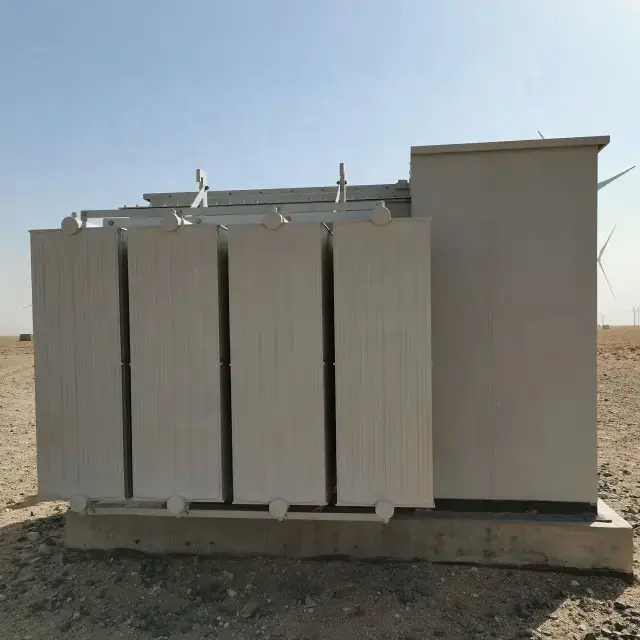
Wind power transformer is a key interface device for wind farm power transmission, which includes the characteristics of a dual-winding electromagnetic induction structure, an on-load voltage regulation system, and an impact-resistant insulation design. It undertakes the dual missions of energy form adaptation and system stability during wind energy grid connection.

The power output of the wind turbine is at a low voltage level and cannot be directly injected into the high-voltage transmission network. The wind power transformer increases the generator terminal voltage to the level required for grid transmission through the difference in the turns ratio between the primary winding and the secondary winding. The electromagnetic induction process achieves lossless energy level migration while maintaining the inherent characteristics of power and frequency.
When the wind farm output fluctuation causes the collector voltage to shift, the wind power transformer can dynamically adjust the transformation ratio to maintain the voltage stability of the grid connection point. The leakage magnetic channel design consumes reactive power fluctuations and suppresses the disturbance of voltage flicker to the power quality of the grid.
The transformer cannot be omitted for direct grid connection, mainly because low-voltage and high-current transmission will cause line losses to increase exponentially. The unboosted electric energy cannot overcome the equivalent impedance of the grid, and the mismatch of electrical parameters between the wind turbine and the high-voltage network will cause the protection system to malfunction.